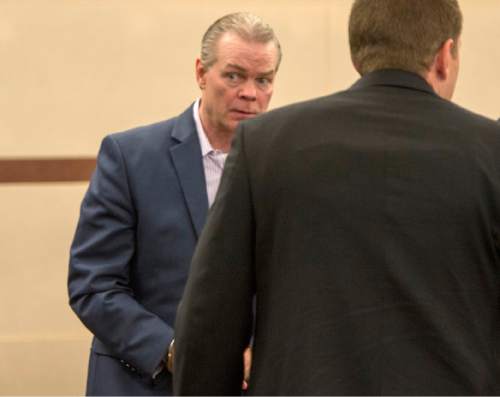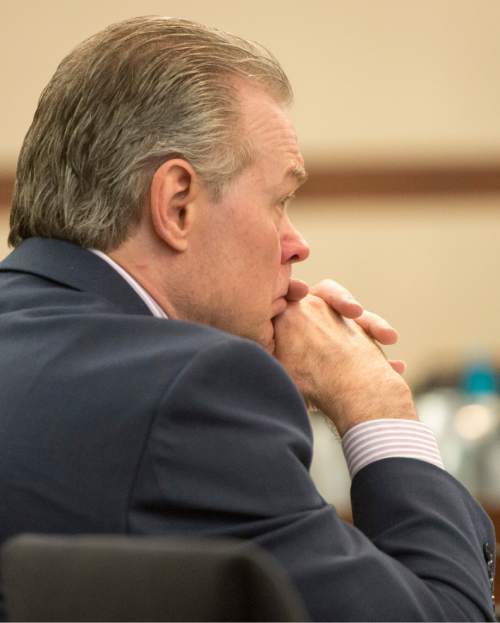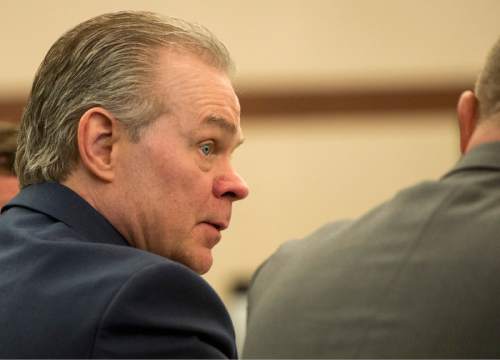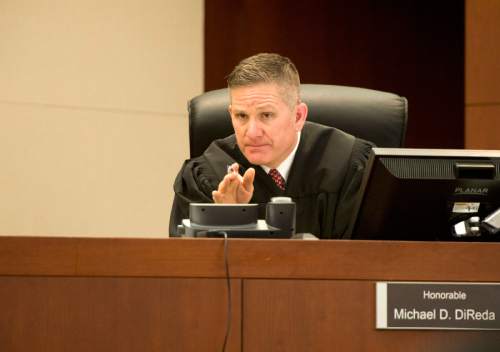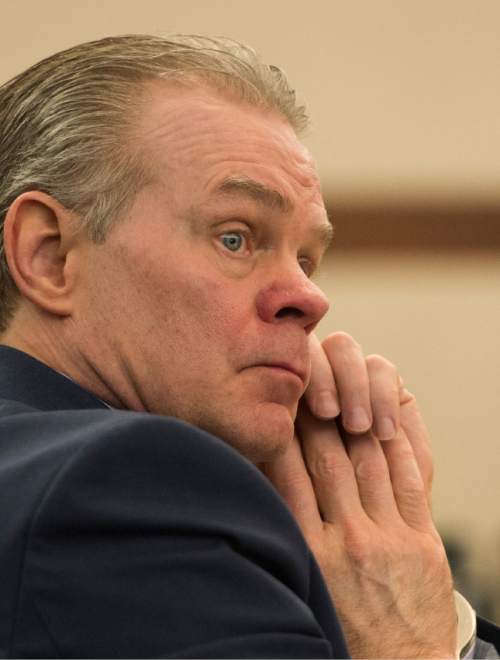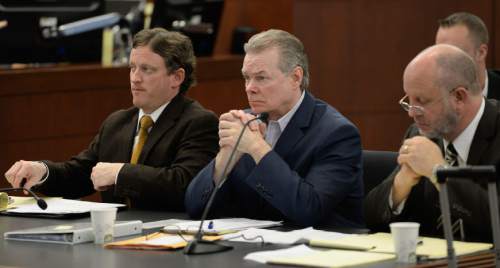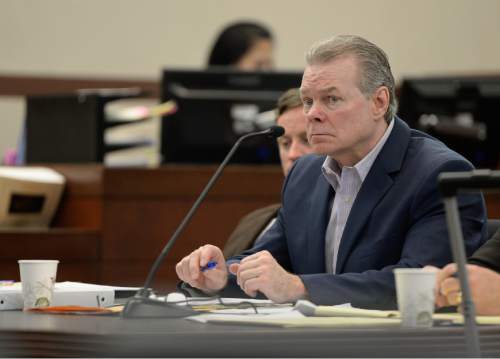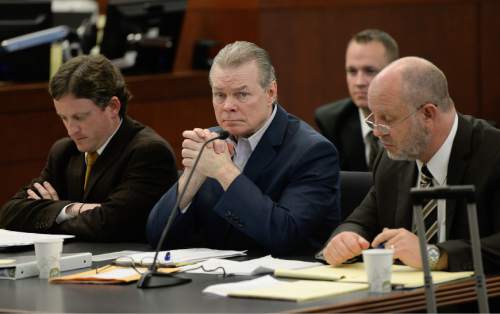This is an archived article that was published on sltrib.com in 2015, and information in the article may be outdated. It is provided only for personal research purposes and may not be reprinted.
Ogden • For the past 30 years, investigators have been unable to answer one question: Where is the body of Joyce Yost?
In 1985, Douglas Anderson Lovell kidnapped the woman and killed her somewhere in the mountains east of Ogden. He buried her body, first under handfuls of dirts and leaves, then returned months later and buried her in a shallow grave.
Eight years later, scores of police personnel scoured the mountains along Old Snowbasin Road, digging with machinery, shovels, rakes, and on their hands and knees, looking for the woman's remains.
For Lovell, it was a search to preserve his life: He had struck a plea deal with prosecutors where they agreed not to seek his execution if Lovell could lead authorities to Yost's remains.
On the first day — June 17, 1993 — a four-man team dug in three spots for over nine hours, now-retired South Ogden police Detective Terry Carpenter testified on Friday.
Yost wasn't there.
Days later, Carpenter said he returned alone to the area, where the road makes a large horseshoe bend and descends toward Wheeler Creek.
"It was a day off, and I went up by myself and I just walked the area over," Carpenter said Friday. "Just thinking, contemplating. Where is she?"
It was a question Carpenter could never answer. While testifying Friday during the penalty phase trial for Lovell, the retired detective detailed days upon days where police dug in the mountainside with no success. Cadavar dogs, metal detectors and large machinery was used, he said.
At one point, Lovell was hypnotized in the back of a strike force van, Carpenter said. And still, nothing.
"We just can't find her," Carpenter said, adding that the search team spent 475 man hours searching for the body in 1993.
Because Yost's remains were never found, prosecutors asked at Lovell's 1993 sentencing that the man be sentenced to death. An Ogden judge did just that — a decision the defendant and his attorneys have been fighting for years.
But in 2011, the Utah Supreme Court ruled Lovell could withdraw his guilty plea because he should have been better informed of his rights during court proceedings.
Last week, 12 jurors found Lovell, now 57, guilty of aggravated murder for Yost's death. They must now decide whether Lovell should be executed for the crime.
Lovell's defense team has spent several days presenting witnesses in an effort to convince the jurors not to execute the defendant. Portions of Carpenter's testimony on Friday focused on the methods used by police to search for the remains.
"My question is, 'Did he take us to where she is?' " the detective testified.
While Lovell told authorities the body was stashed near the ski resort, a county attorney's office investigator testified last week that Lovell confessed to a fellow prison inmate that he had moved Yost's body to near Causey Reservoir. The two locations are about 20 miles apart in the mountains east of Ogden Valley.
But Lovell's defense attorney, Michael Bouwhuis, said Friday that his client had every incentive to be truthful — he was, after all, trying to avoid execution.
Bouwhuis told jurors during his opening statement last week that they plan to call an expert witness who will testify about wildlife habits, implying that Yost's body was moved or "tampered with" by animals. The defense attorney said the expert will also question why heavy machinery and backhoes were used by police to search for the body.
Tom Griffin — cofounder of NecroSearch International, which specializes in assisting law enforcement in locating and recovering evidence from gravesites — testified on Friday that it is best for a possible gravesite to be searched with buckets and mesh screens to sift through the dirt.
"I don't know that I would ever bring in a backhoe," he said. "It would have to be a special case, and in terms of making use of shovels: From our approach, going into a more destructive activity, we would start with the least intrusive before. Photos, cadaver dogs, geophysical techniques."
Yost, 39, was missing for six years before Lovell's ex-wife agreed to cooperate with police. She told what she knew of the crimes and also wore a police recording device to the prison, which captured the defendant confessing to the homicide — a recording that led to Lovell being charged with murder in 1993.
Lovell killed the woman on Aug. 10, 1985, to prevent her from testifying against him in a rape case. He was nevertheless convicted of the rape later that year with the help of a transcript of Yost's preliminary hearing testimony.
Lovell has since been serving a 15-years-to-life term at the Utah State Prison.
Twitter: @jm_miller


